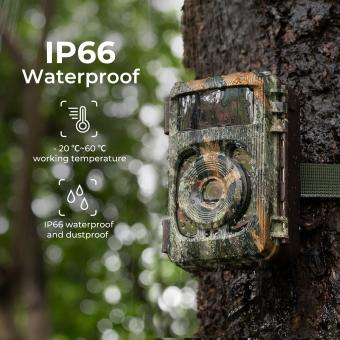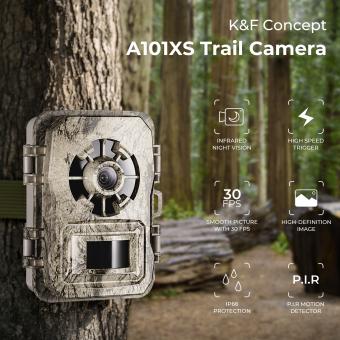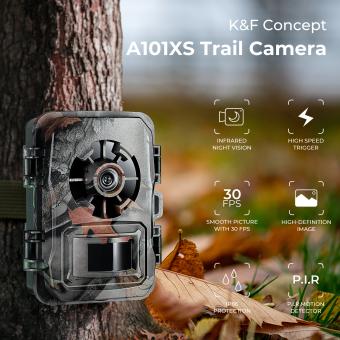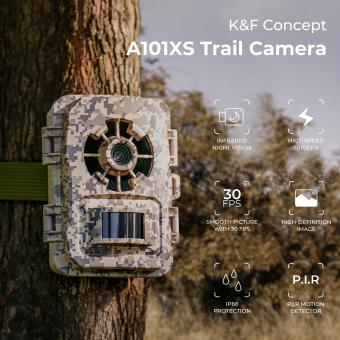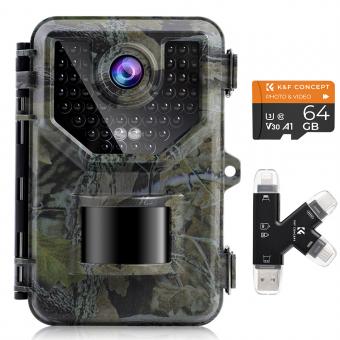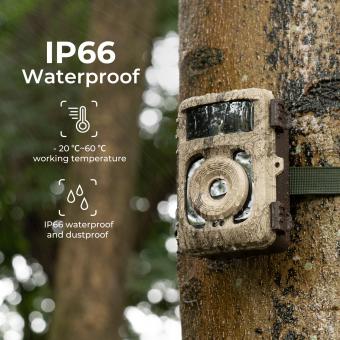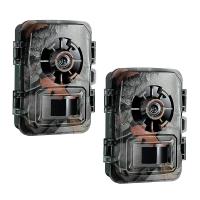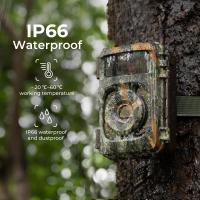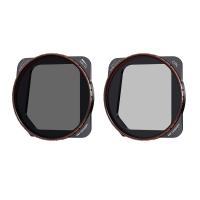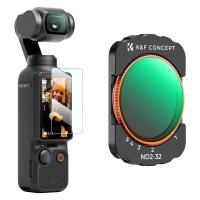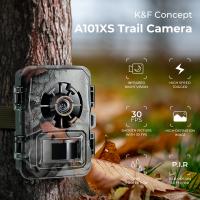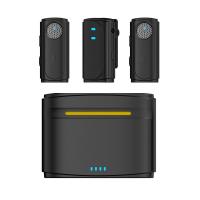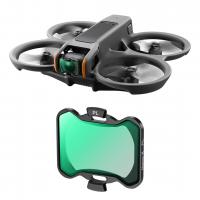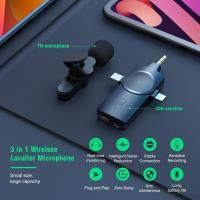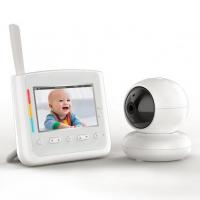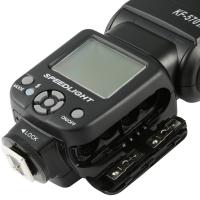How Many Flashes For A Red Light Camera?
Red light cameras are a common sight at intersections in many cities around the world. They are designed to capture images of vehicles that run red lights, thereby promoting safer driving habits and reducing the number of traffic accidents. One of the most frequently asked questions about these devices is, "How many flashes for a red light camera?" This question is not only pertinent for drivers who want to understand how these systems work but also for those who are concerned about receiving a ticket. In this article, we will delve into the mechanics of red light cameras, the number of flashes they emit, and other related aspects to provide a comprehensive understanding of this topic.
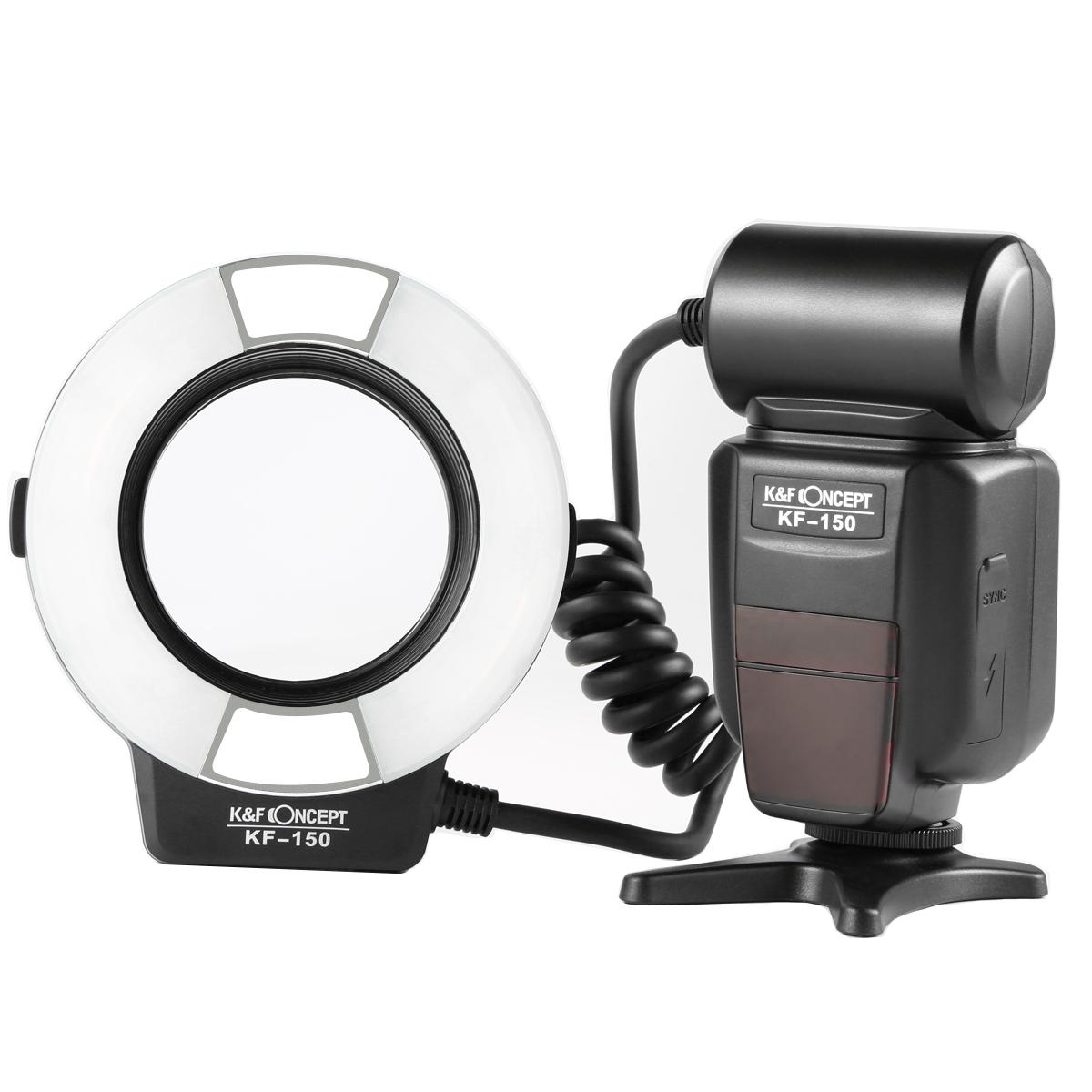
Understanding Red Light Cameras
Red light cameras are automated systems that use a combination of sensors and cameras to monitor intersections. When a vehicle enters the intersection after the traffic light has turned red, the sensors trigger the cameras to capture images or video footage of the violation. These images are then reviewed by law enforcement officials to determine whether a traffic ticket should be issued.
The Mechanics of Red Light Cameras
Red light cameras typically consist of the following components:
1. Sensors: These are usually embedded in the road surface and detect when a vehicle crosses the stop line after the light has turned red.
2. Cameras: High-resolution cameras capture images of the vehicle, including the license plate, the driver, and the state of the traffic light.
3. Flash Units: These are used to illuminate the scene, ensuring that the images are clear and usable even in low-light conditions.
How Many Flashes?
The number of flashes emitted by a red light camera can vary depending on the specific system and its configuration. However, most red light cameras typically emit two flashes. Here’s a breakdown of the process:
1. First Flash: The first flash occurs when the vehicle crosses the stop line after the light has turned red. This flash captures the initial violation, including the position of the vehicle and the state of the traffic light.
2. Second Flash: The second flash is triggered a short time later, capturing another image of the vehicle as it proceeds through the intersection. This second image helps to confirm that the vehicle did indeed run the red light and did not stop in the intersection.
Why Two Flashes?
The use of two flashes serves several purposes:
1. Verification: Two images provide a more comprehensive view of the violation, making it easier for law enforcement to verify that a red light violation occurred.
2. Evidence: Multiple images offer stronger evidence in case the ticket is contested in court. The first image shows the vehicle entering the intersection, while the second image shows it continuing through.
3. Clarity: The flashes ensure that the images are well-lit and clear, which is crucial for identifying the vehicle and its license plate.
Variations in Flash Patterns
While two flashes are standard for many red light camera systems, there can be variations. Some systems may use a single flash, while others might use multiple flashes in quick succession. The exact number of flashes can depend on factors such as:
1. System Design: Different manufacturers may design their systems with varying flash patterns.
2. Local Regulations: Some jurisdictions may have specific requirements for how red light cameras should operate.
3. Technological Advancements: Newer systems may use advanced imaging technology that requires fewer flashes or no flashes at all, relying instead on continuous video recording.
What to Do If You See a Flash
If you see a flash while driving through an intersection, it’s natural to feel concerned. Here are some steps you can take:
1. Stay Calm: Don’t panic. The flash doesn’t necessarily mean you will receive a ticket. It could be triggered by another vehicle or a malfunction.
2. Review Your Actions: Think about whether you entered the intersection legally. If you were already in the intersection when the light turned red, you might not be at fault.
3. Wait for Notification: If you did run the red light, you will typically receive a notification in the mail within a few weeks. This will include details of the violation and instructions on how to pay the fine or contest the ticket.
Contesting a Red Light Ticket
If you believe you were wrongly ticketed, you have the right to contest the violation. Here are some steps to follow:
1. Gather Evidence: Collect any evidence that supports your case, such as dashcam footage or witness statements.
2. Review the Ticket: Carefully review the details of the ticket, including the date, time, and location of the violation.
3. Request a Hearing: Follow the instructions on the ticket to request a hearing. Be prepared to present your evidence and explain why you believe the ticket should be dismissed.
Red light cameras play a crucial role in promoting road safety by deterring drivers from running red lights. Understanding how these systems work, including the number of flashes they emit, can help drivers be more informed and cautious at intersections. While most red light cameras typically emit two flashes to capture a violation, variations can exist based on system design and local regulations. If you ever find yourself facing a red light ticket, remember that you have the right to contest it if you believe it was issued in error. By staying informed and vigilant, you can contribute to safer roads for everyone.

